I'm trying to learn MVC with ASP.Net and am reading Steve Sanderson's book. One thing I'm confused about is where to place the business logic?
For example, when deleting a product all Sanderson has is a method in his CartController that calls the Delete method on the productsRepository. This is strange to me because if there were any business logic, such as ensuring that the product isn't in anyone's shopping cart first, etc. it would have to either be in the products repository or the CartController.
Both of these seem like bad places to put business logic; the products repository is meant to be easily replaced with another (switching from using a db to using a session) and using the Controller means you are putting the business logic in the UI layer.
Shouldn't he be using a class that contains the business logic and calls the repository's delete method instead? The repository being a member variable of the business logic class'?
